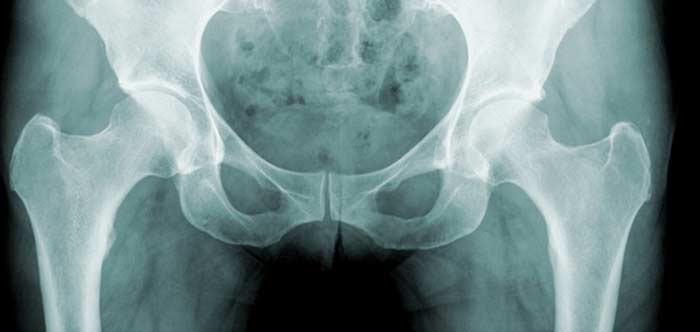
An intrathecal pump is used to pump pain medication directly into your intrathecal space.
This space is filled with cerebrospinal fluid. By inserting pain medication into this space, you reduce the amount of medicine needed to control pain, as the medication is going directly into your spinal fluid. You would need 300 times the amount of the medication if you took it orally.
How Does the Pump Work?
A neurosurgeon inserts the pump underneath the skin of your abdomen. It is about the size of a hockey puck. A catheter is placed in the intrathecal space of your spinal cord and connected to the pump. The pump holds a certain amount of medication that will have to be refilled when it is empty.
The pump will be programmed by the surgeon or another doctor. There are different ways to program the pump. The medication can be released at the same time each day or spread out throughout the day. It can release different amounts of medication, as well, depending on what your doctor has decided will work best for you. The pump stores all of the usage information so it can be reviewed with your primary healthcare provider.
When the medication reservoir is empty, it will need to be refilled. A doctor or nurse can refill the pump by simply inserting a needle through your skin into the port. You do not have to undergo surgery again until the pump is removed. The batteries on the pump should last 5-7 years. If your doctor feels you still need the pump, they will surgically remove the pump to replace the batteries. If you no longer need the pump, it can be removed at any time.


Who Should Get an Intrathecal Pain Pump?
A pain pump is not generally prescribed until other pain control methods have tried and failed. An intrathecal pump can also be used to lessen spasticity of muscles in patients who have conditions such as cerebral palsy. If you suffer from any of the following ailments, you may be a candidate for a pain pump:
- Chronic pancreatitis
- Arachnoiditis
- Cancer pain
- Failed back surgery
- Stroke
- Brain or spinal cord injury
- Multiple sclerosis
- Cerebral palsy
Risks of a Pain Pump
The risks of an intrathecal pump include the common risks for any surgery, such as infection and bleeding. The catheter could move, causing the medication to go somewhere besides the intrathecal space. It could also become blocked or the pump could quit working. Cerebrospinal fluid could build up around the pump. This is indicated by clear drainage from your incisions and a terrible headache. This usually resolves on its own but may require a drain if it does not. The pump may fail to provide adequate pain relief. A risk of overdosing on the medication prescribed is also present. All side effects of the drug taken orally can also be present when it is administered through a pain pump.
If you feel a pain pump would help you manage your chronic pain, speak to your healthcare provider about your options.
